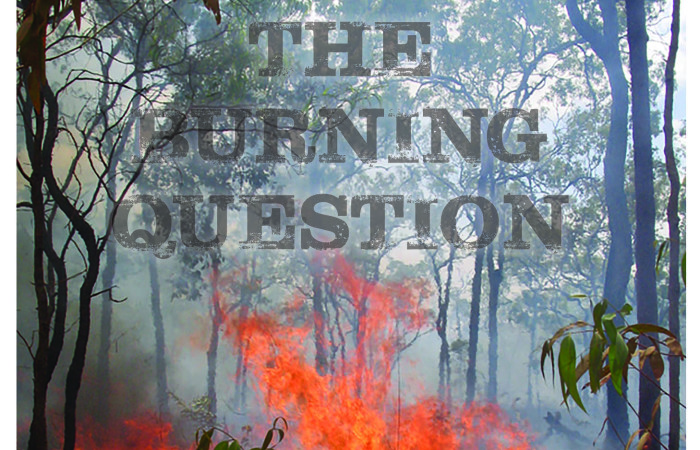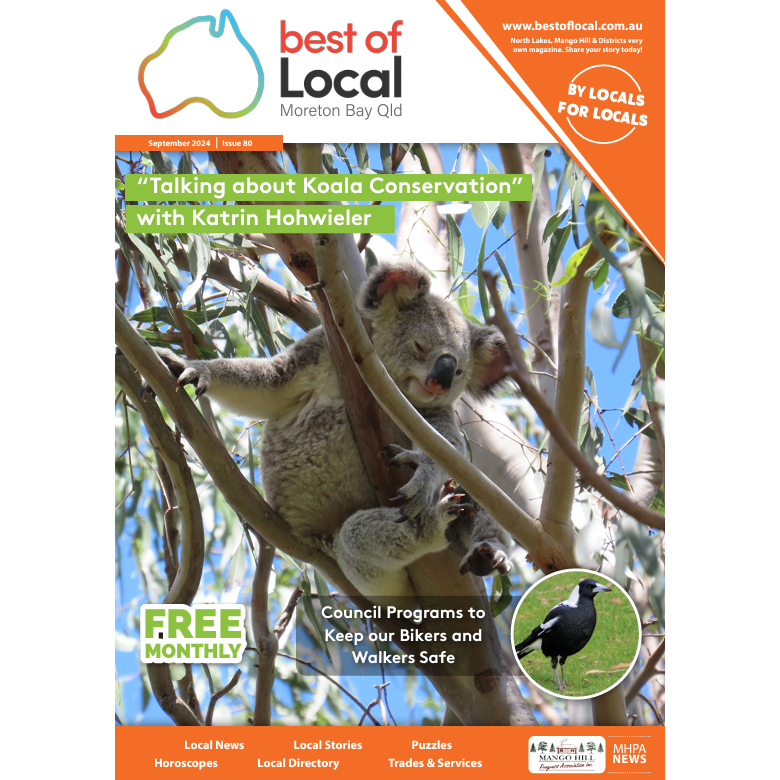The Burning Question
0You might have noticed that there’s been a bit of smoke around lately.
The cooler months are an ideal time for controlled burns, or burn-offs, where supervised small-scale fires are lit and safely guided in targeted bush locations. This practice is invaluable for public safety and Australia’s biodiversity.
For millennia, fire has been a critical process in the Australian ecosystem. It has influenced the spread of certain groups of plants, like eucalypts and acacias, where these fire-tolerant species could out-compete others. In fact, Australia’s fire-adapted species are often highly flammable, naturally equipped to promote the fire that is the crucial trigger for the release or germination of their seeds. Without fire, some species simply cannot reproduce.
When there hasn’t been a fire for a while, the fuel load from dry leaf litter, flammable plants and connected corridors builds up.
This means that any subsequent fire can be significant and disastrous. A primary cause for controlled burns is to minimise the maximum risk to people, properties, wildlife and the environment that could be posed by a bushfire.
This means that any subsequent fire can be significant and disastrous. A primary cause for controlled burns is to minimise the maximum risk to people, properties, wildlife and the environment that could be posed by a bushfire.
Controlled burns are not just about prevention, there are many ecological benefits to introducing fire to patches of bush.
Fires allow those fire-dependent native plants to continue their life cycle, control weeds, limit the spread of disease, and reinvigorate the soil with nutrient-rich ash. While all fires carry some risk, controlled burns are conducted with a strict view to safety.
Burns involve only low-temperature fires, which do not produce the high flames that harm flora and fauna or the high heat that causes physical and chemical damage to soil. These fires are also less likely to get out of hand than hot fires, especially when they occur on still, cool days in winter and early spring. Care is also taken to preserve the habitats and homes of vulnerable species; specific areas are avoided and flammable material is cleared from around features like nesting trees and burrows. Litter-free fire-trails and backburning create barriers between the burn site and its surrounds to reduce the chance of the fire spreading.
If fire, as a natural part of the ecosystem, must occur, controlled burns are the safest way for it to happen. The seemingly omnipresent smoke of winter is a small price to pay to avoid massive bushfires and give our native communities a nudge.

















